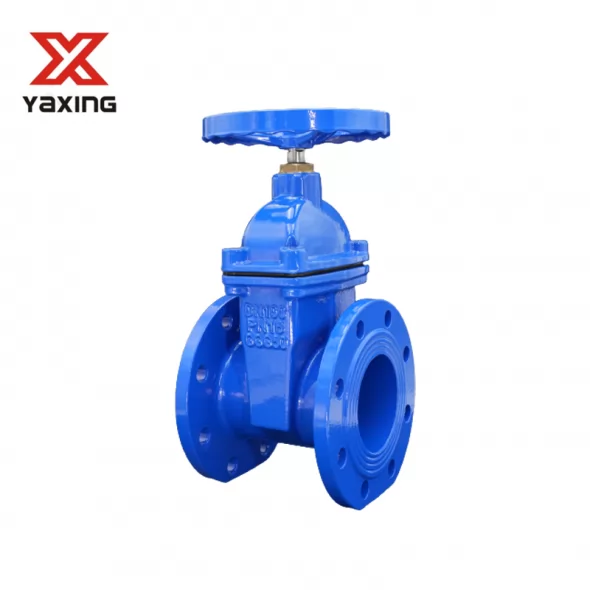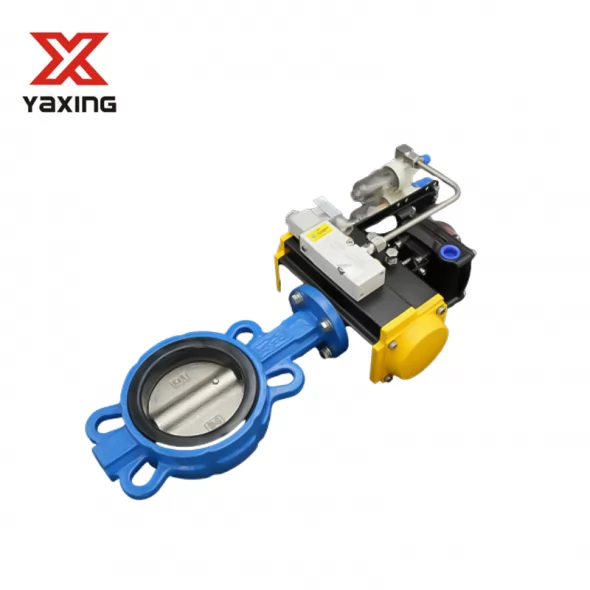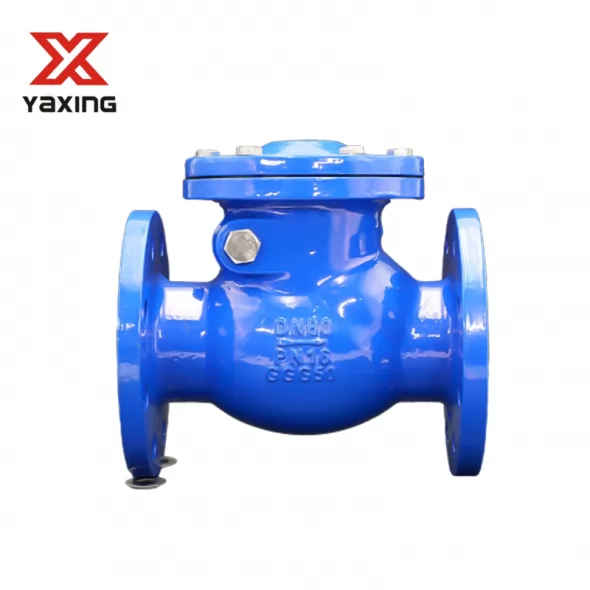+86 186 3170 8948
+86 186 3170 8948
Knowledge
Nov. 11, 2024
Industrial valves are an essential component in the control and regulation of fluids, gases, and slurries in countless applications. Whether you're operating in oil and gas, water treatment, manufacturing, or any other industry, understanding the various types of valves and their functions is crucial for maintaining efficiency, safety, and control. In this guide, we'll cover the most common types of industrial valves, including ball valves, gate valves, globe valves, check valves, and butterfly valves, and explain their unique characteristics and typical applications.
Gate valves control the flow of fluid by lifting or lowering a "gate" inside the valve body. They are primarily used for on/off applications rather than flow regulation due to their slow opening and closing speeds.
Key Features:
Minimal flow resistance: When fully open, the gate is entirely removed from the flow path, offering little to no restriction.
Reliable sealing: When closed, they provide a tight seal, suitable for isolation applications.
Bidirectional flow: Gate valves can handle flow in either direction.
Applications: Ideal for water treatment, oil and gas, and industrial piping systems where a straight-line flow with minimal restriction is critical. However, they are less suitable for throttling purposes due to the potential for gate erosion.

Ball valves are known for their durability and reliable sealing capabilities. They use a spherical disc (or "ball") with a hole in the center to control flow. When the hole aligns with the pipe, fluid flows freely; when rotated 90 degrees, the hole is blocked, stopping the flow.
Key Features:
Quick shut-off: A simple quarter-turn motion opens or closes the valve, making it easy to operate.
Low pressure drop: When fully open, ball valves allow for minimal pressure loss.
Wide range of sizes and materials: Suitable for diverse environments, from high-pressure applications to corrosive conditions.
Applications: Ball valves are commonly used in industries like oil and gas, chemical processing, and water distribution, where on/off control with minimal resistance is important. They're also popular in residential plumbing.

Butterfly valves control flow using a rotating disc, which is mounted on a rod in the middle of the pipe. Turning the disc by 90 degrees can completely open or close the valve.
Key Features:
Lightweight and compact: Compared to other valves of similar capacity, butterfly valves are lighter and take up less space.
Quick operation: Require a simple quarter-turn to fully open or close.
Versatile design: Suitable for various pressures and temperatures.
Applications: Used in HVAC systems, water distribution, food processing, and many other industries. They work well in large pipes where space and weight are factors, though they may not provide as tight a seal as ball valves.

Check valves, or non-return valves, are designed to allow fluid to flow in one direction only, preventing backflow. They operate automatically and do not require manual intervention.
Key Features:
Simple design: Typically involve fewer moving parts, making them durable and low-maintenance.
Prevents reverse flow: Critical for protecting pumps, pipelines, and other equipment.
Applications: Commonly found in water systems, wastewater treatment, chemical industries, and anywhere backflow prevention is essential, such as in pumps and compressors.

Globe valves are excellent for regulating flow. Unlike gate valves, they have a spherical body and a movable disc that moves perpendicular to the flow. This design allows precise throttling and flow control.
Key Features:
Precise control: Well-suited for modulating flow rates.
Positive shut-off capabilities: Provide tight sealing when fully closed.
Slower operation: Generally slower to open and close compared to ball and gate valves.
Applications: Globe valves are widely used in applications requiring precise flow control, such as cooling systems, fuel systems, and steam regulation in power plants.
When selecting the appropriate valve for your needs, consider factors such as:
Media type: What fluid, gas, or slurry will pass through the valve?
Pressure and temperature: Different valves are built to handle various pressure and temperature conditions.
Flow control requirements: Do you need simple on/off control, or precise flow modulation?
Understanding the different types of industrial valves and their applications can help optimize your processes, enhance safety, and improve system efficiency. Whether you're replacing an old valve or designing a new system, knowing the right valve for the job is key to success.
Industrial valves may be simple devices, but they perform a critical role in complex systems. Choosing wisely can make all the difference in performance and reliability across any industry.
Previous post
Related Products
Botou Yaxing Fluid Equipment Co., Ltd. specializes in providing design, development, and manufacturing services for the water valve industry. We produce high-quality valve products.
+86 186 3170 8948
No.4 Road Botou Industrial Zone, Cangzhou City Hebei Province, China
Get Free Sample
 Privacy Policy
Privacy Policy